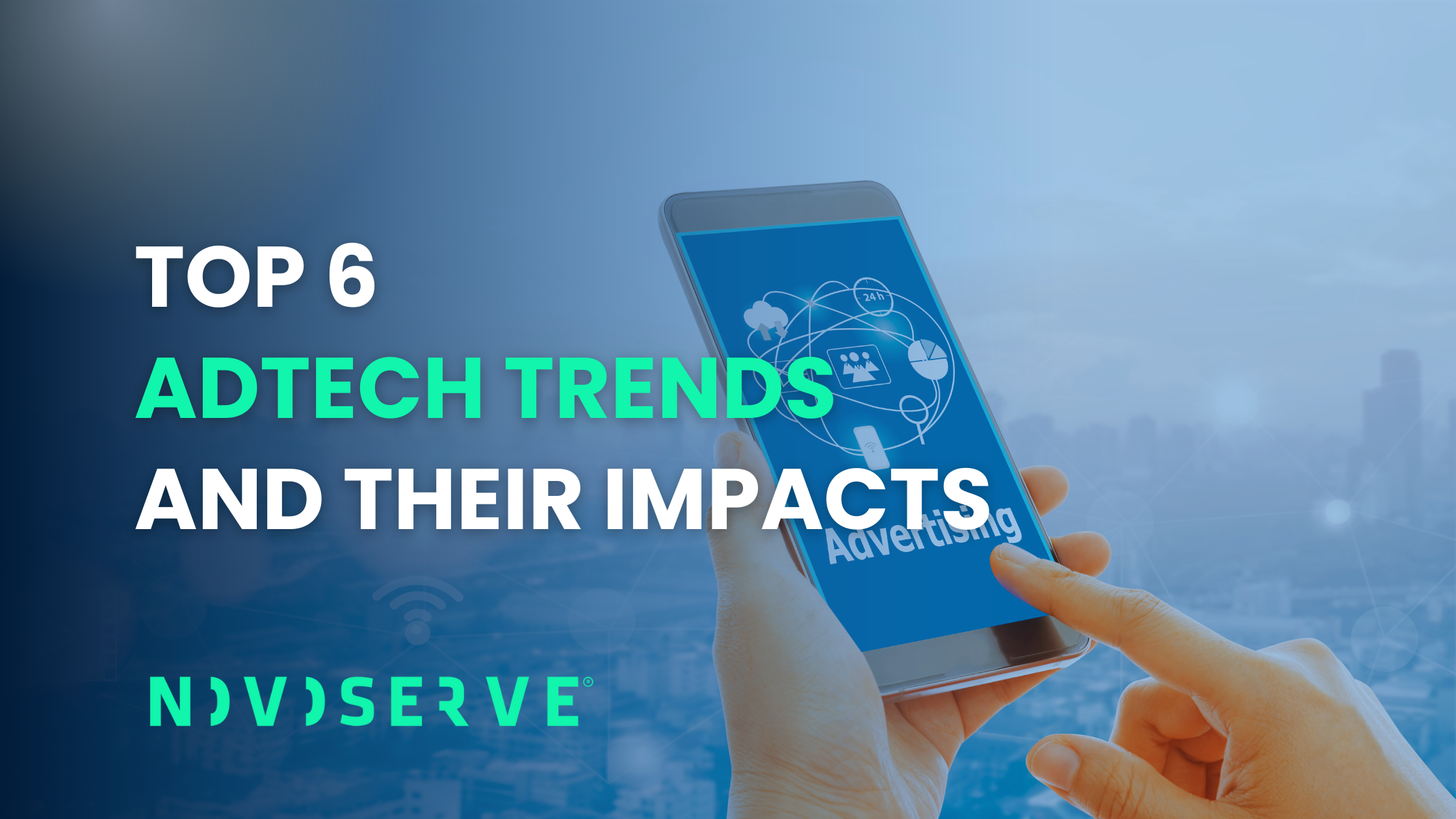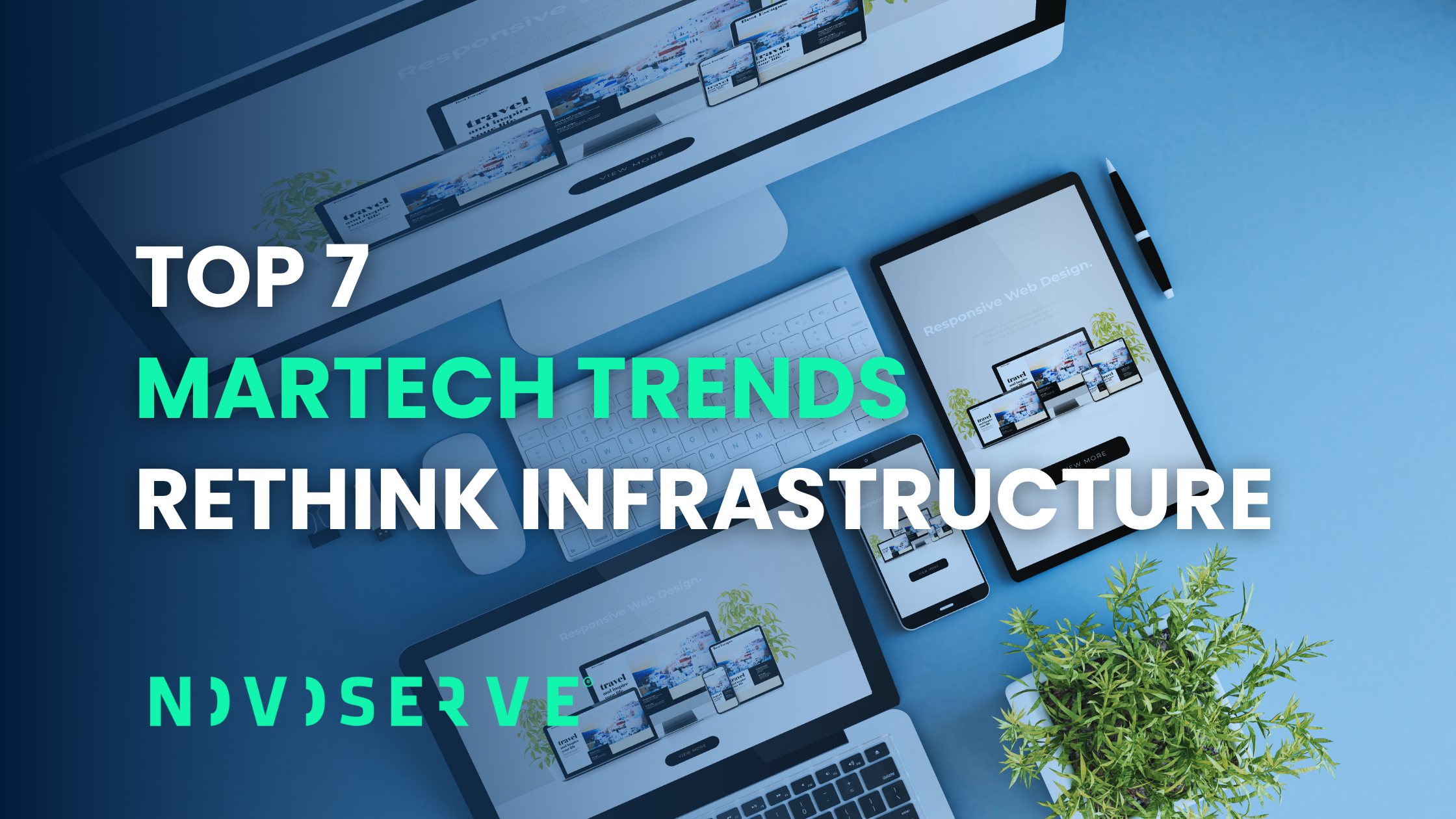The AdTech landscape is evolving fast. Traditional public clouds can’t always meet these requirements. That’s why AdTech infrastructure—built on reliable, low‑latency bare‑metal servers—is becoming popular among AdTech companies. Below are the AdTech trends and their imperatives for the AdTech infrastructure.
Cookieless Era & Identity Resolution
With third-party cookies finally disappearing—already blocked in Safari and Firefox, and Google postponing Chrome support until 2025—AdTech is fully entering the cookieless world. Companies are creating first-party identity graphs, clean-room environments, and privacy-compliant matching systems (e.g. Unified ID 2.0, Privacy Sandbox) that can still deliver personalized ads.
Infrastructure impact: This shift demands dedicated compute that’s low-latency and high-throughput, optimized for secure data ingestion, hashing, and matching at scale. It also requires isolation for clean-room deployment, enabling privacy-preserving analytics without risk of cross-tenant data leakage. Public cloud often falls short in guaranteeing physical isolation or cost predictability under massive data transfers.

AI‑Powered Personalization & Real-Time Bidding (RTB)
AdTech is no longer just about ad placement—it’s about delivering the right ad, to the right person, at the right moment. That means AI-powered frameworks, from real-time bidding engines to dynamic creative optimization and fraud filtering
Infrastructure impact: AI workloads impose heavy demands: low-latency access to high-performance CPU/GPU, memory speed, and fast local storage for model serving and decisioning. Plus, RTB alone requires sub-100ms response times for each bid. Traditional VM-based cloud environments often introduce jitter, but bare‑metal delivers consistent, predictable performance ideal for these demanding workloads.
Connected TV & Video Advertising Boom
Programmatic CTV advertising is growing rapidly—spending is expected to jump ~25% in 2025. Streaming live events, sports, and premium video is becoming a mainstream method of reaching audiences.
Infrastructure impact: Video delivery entails enormous bandwidth and ultra-low-latency ad stitching, especially during live events . Infrastructure must scale dramatically during peaks and provide redundancy across regions. That level of sustained throughput and low latency is best achieved on bare‑metal hosts with direct network access, high-throughput NICs, and edge distribution—unmatched by virtualized environments.
Supply Chain Transparency & Fraud Prevention
Advertisers are cracking down on opaque ad delivery, hidden fees, and invalid traffic. They demand systems that demonstrate supply path quality, verify inventory authenticity, and block MFA (Made-For-Advertising) sites.
Infrastructure impact: You need tamper-proof logging, secure audit trails, and real-time analytics running close to the traffic source. Infrastructure must support high-write storage for logs, low-latency processing for detection engines, and strict access control. A dedicated environment delivers full data lineage and prevents “noisy neighbor” tampering—features cloud VMs struggle to guarantee.
AdTech Consolidation & Hybrid Architectures
The industry is consolidating: Mediaocean acquired Innovid, Taboola is expanding into broader DSP services, and M&A is becoming common. At the same time, hybrid models combining dedicated hardware with cloud burst capacity are gaining traction .
Infrastructure impact: Consolidated AdTech stacks need modular, scalable infrastructure that can span regions and integrate legacy systems. Hybrid infrastructure ensures that baseline, latency-sensitive workloads (bidding, identity graphs) run on consistent bare-metal, while elastic compute for analytics or AI training scales in cloud. This combination offers maximum flexibility, cost efficiency, and performance.
Massive Market Growth & Scale
The AdTech market is ballooning—from approximately USD 720 billion in 2024 to projected USD 1.6–2.5 trillion by 2030. DSPs and programmatic systems are scaling fast.
Infrastructure impact: To support this growth, infrastructure must be horizontally scalable, ready for multi-regional rollouts, and capable of handling terabits per second of traffic. It must also be audit-ready, maintain data sovereignty, and offer predictable cost models to fit tight financial planning. Bare‑metal clusters paired with private networking enable this scale with both control and transparency.
All six of these trends converge to create one clear infrastructure mandate: Modern AdTech platforms need purpose-built, bare‑metal infrastructure with hybrid capabilities—combining low-latency consistency, security, compliance, scalability, and transparent costing. If you're strategizing for the future—whether it’s identity resolution, CTV scaling, AI bidding, or supply-chain validation—your infrastructure needs must evolve accordingly.
What’s next? perform a gap analysis of your current setup. Identify which trends apply to your stack, and assess whether virtualization, burstable cloud, or dedicated bare‑metal best support them. Want help matching these trend-driven requirements to NovoServe’s infrastructure? We are happy to walk through it with you.




